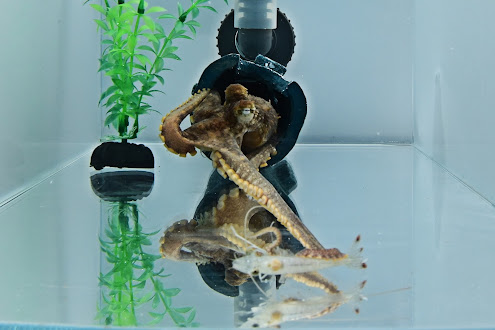The way that tumor cells enable their uncontrolled growth is also a weakness that can be harnessed to treat cancer, researchers at the University of Michigan and Indiana University have shown.
Their machine-learning algorithm can identify backup genes that only tumor cells are using so that drugs can target cancer precisely.
“Most cancer drugs affect normal tissues and cells. However, our strategy allows specific targeting of cancer cells.”Deepak Nagrath
The team demonstrated this new precision medicine approach for treating ovarian cancer in mice. Moreover, the cellular behavior that exposes these vulnerabilities is common across most forms of cancer, meaning the algorithms could provide better treatment plans for a host of malignancies.
“This could revolutionize the precision medicine field because the drug targeting will only affect and kill cancer cells and spare the normal cells,” said Deepak Nagrath, a U-M associate professor of biomedical engineering and senior author of the study in Nature Metabolism. “Most cancer drugs affect normal tissues and cells. However, our strategy allows specific targeting of cancer cells.”
















.jpg)
